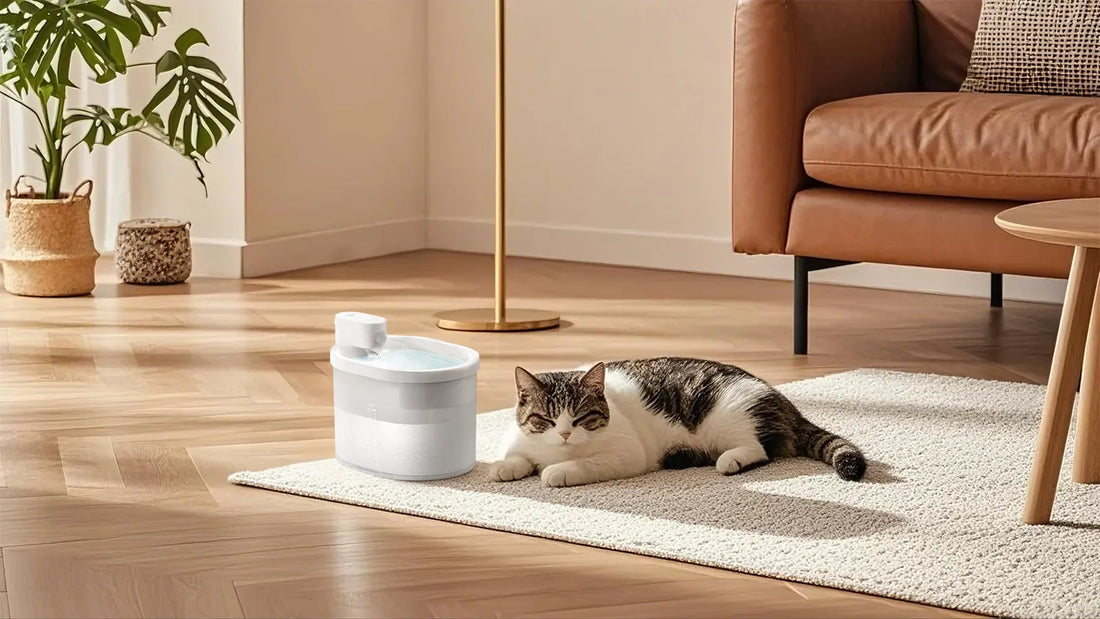Teaching your dog to play is not just about fun; it’s a crucial part of their physical and mental well-being. Playtime strengthens the bond between you and your pet, provides essential exercise, and helps alleviate boredom. If you’ve ever wondered how to teach your dog to play, this guide will walk you through the process step by step.
Why Play is Important for Dogs
Play is a natural behavior for dogs, rooted in their instincts. It helps them develop social skills, burn off excess energy, and stay mentally stimulated. Without adequate play, dogs can become bored, anxious, or even destructive. Teaching your dog to play ensures they lead a balanced and happy life.
Understanding Your Dog’s Play Style
Every dog has a unique play style. Some enjoy chasing balls, while others prefer tug-of-war or interactive games. Observe your dog’s preferences to determine what excites them the most. Understanding their play style will make the training process smoother and more enjoyable for both of you.
Step-by-Step Guide to Teaching Your Dog to Play
Step 1: Choose the Right Toys
Select toys that match your dog’s size, strength, and interests. Soft toys are great for gentle chewers, while durable toys are better for aggressive players. Interactive toys, such as puzzle feeders, can also stimulate their mind.
Step 2: Introduce the Toy
Start by introducing the toy in a calm environment. Let your dog sniff and explore it at their own pace. Use an enthusiastic tone to encourage interest, but avoid forcing the toy on them.
Step 3: Encourage Interaction
Once your dog shows interest, gently move the toy to encourage them to chase or grab it. Use positive reinforcement, such as treats or praise, to reward any interaction with the toy.
Step 4: Teach Basic Play Commands
Introduce simple commands like “fetch” or “drop it” to guide your dog during play. Be patient and consistent, rewarding them for following the commands correctly.
Step 5: Gradually Increase Difficulty
As your dog becomes more comfortable, introduce new challenges, such as longer distances for fetching or more complex puzzle toys. This keeps playtime engaging and prevents boredom.
Tips to Keep Your Dog Motivated
Keep playtime fresh and exciting by rotating toys regularly. Incorporate variety into your games, and always end on a positive note. Pay attention to your dog’s energy levels and avoid overexertion.
Common Challenges and Solutions
Some dogs may initially show little interest in play. In such cases, try using high-value treats or toys with enticing scents. If your dog becomes overly aggressive during play, redirect their energy to appropriate toys and reinforce calm behavior.
The Role of Positive Reinforcement
Positive reinforcement is key to teaching your dog to play. Reward desired behaviors with treats, praise, or extra playtime. Avoid punishment, as it can create negative associations with play.
Incorporating Play into Daily Routine
Make play a regular part of your dog’s day. Schedule short play sessions in the morning and evening, and use play as a reward for good behavior. This consistency helps reinforce the importance of play.
Benefits of Play for Dog Owners
Playing with your dog isn’t just beneficial for them; it’s also a great way for you to relax and bond with your pet. It fosters trust, improves communication, and creates lasting memories.
Teaching your dog to play is a rewarding journey that enhances their quality of life and strengthens your relationship. With patience, consistency, and a little creativity, you can turn playtime into a cherished activity for both of you. Start today and watch your dog thrive!













